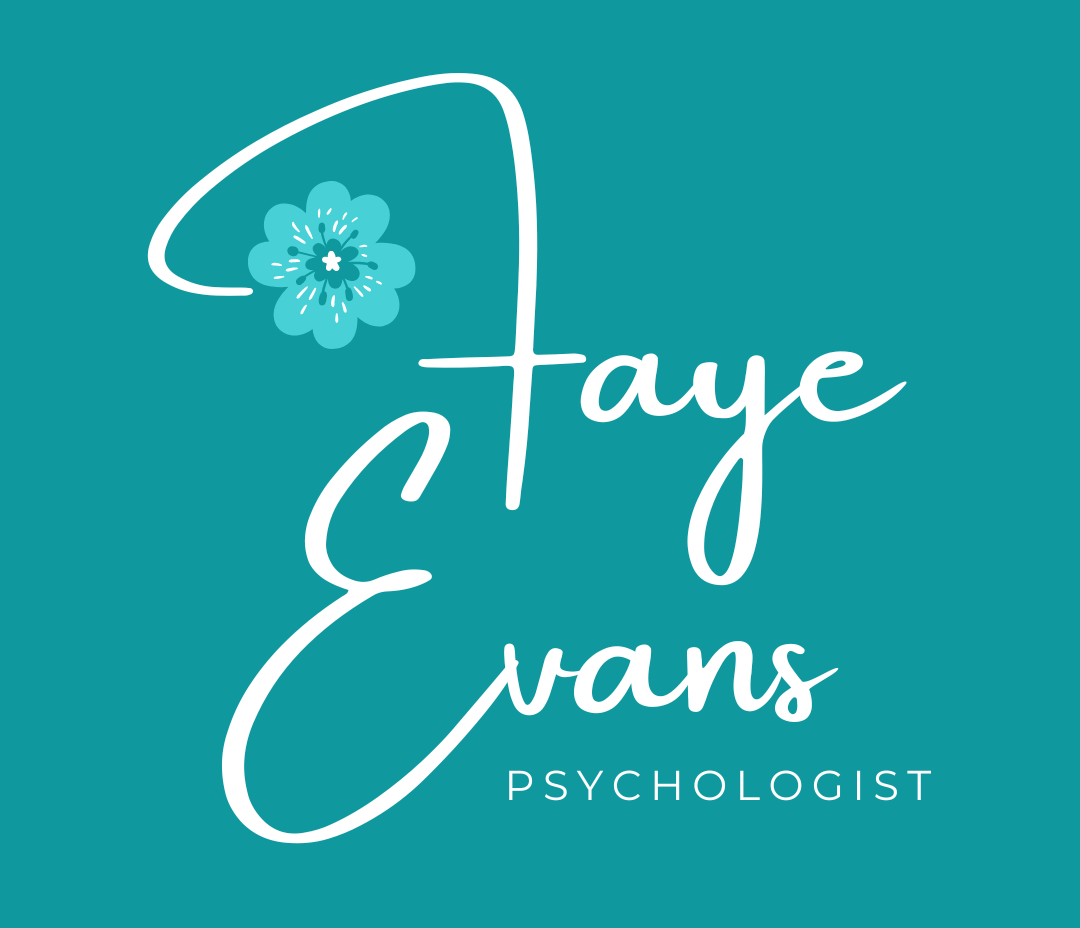
How & Where did slow Living Start?
Slow living began in the 1980s in Italy. Carlo Petrini, with a group of supporters, created a movement to defend the values of the regional food traditions of Italy. They wanted to preserve their culture, Mediterranean heritage, and organic farm products. They were against the opening of McDonald’s in Rome, which is a fast-food chain that goes against all that they uphold. They established a Slow Food Movement, embraced by over 160 countries worldwide. They protect gastronomic traditions, promote fair trade for farmers, support organic and healthy foods, and believe in sustainability for our planet and high-quality, accessible products for families. SLOW is also an acronym for Sustainable Local, Organic & Whole – it started with food. However, today encompasses all from technology, work, and fashion. It’s a Lifestyle.

Slow living has grown widely
In 2004 the slow movement started to be introduced as a response to hectic ways of living, and slow food ignited a new way of thinking that spilled into other areas of life, such as slow travel, slow fashion, slow work, slow fitness, slow gardening and much more. However, during the pandemic, the Slow Living Movement has translated into a new way of being, acknowledging that less is better and people simplifying their lifestyles.
Many YouTubers, influencers, bloggers and Vloggers report that after their existential journey, they had to re-design their way of living, adjusting and resourcing themselves with idyllic ways of living connected to nature. However, though they have ideal scenarios and dream projects of living, not all may fit these models or be able to implement them per their circumstances. However, they certainly brought to the forefront a hidden desire to return to basics that everyone yearns for.

Life after the Pandemic
The message is clear, we all seem exhausted, overscheduled, overcommitted, and overwhelmed by responsibilities in a fast-paced world that keeps forever chasing a ticking clock.
Slow living is a response to how we have been experiencing life so far. When we were caught up in the crazy race, we may not have had the time to reflect on our actions and thought we didn’t have a choice. We all deeply knew we were in search of something more meaningful.
Having all experienced the pandemic and lockdowns provide us with the forced experience to slow down, to re-focus, to shift our perspective and for many to even engage in hobbies, family, or home duties they had forgotten all about. Emerging in 2022 from the pandemic, we all returned like in a dazed estate, and if we can hold onto a benefit, living slower could be one.

Slow Living Lifestyle
In a simple sentence, it’s about living more straightforwardly, focusing on the essentials, prioritising what truly matters, consuming less and taking a slow approach in life, being more in the present moment, where less is more, quality over quantity.
Choosing Slow Living is not for everyone, but it helps answer the questions for those searching for a balanced lifestyle. By slowing down, you learn to connect more with yourself, become mindful, and live intentionally and suddenly; your life becomes meaningful because by living in the now, you attend to what is necessary, and there is no space for struggle.
Slow living is not about following a set of rules, changing dramatically, or needing a routine; instead, it focuses on establishing a self-care practice, bringing to your life flexibility and awareness, awakening consciously to take reign of your life, recognise your values, discovering your life purpose and finding meaning in what you do.

Misconceptions of Slow Living
Slow Living can be different for everyone; at the core, it’s about reducing what is irrelevant and replacing it with what is essential. Many confuse the connotation of the word “slow” and think it’s an unproductive way of living, or even “idealistic”, as they associate it with pacing around in a natural setting all day, smelling flowers.
Slow Living is a mainstream concept that can be incorporated into families, workplaces, schools, businesses, and in general, wherever you are in the mainstream world. It’s about changing your choices by design, prioritising self-care, setting healthy boundaries and engaging in positive relationships.
It’s about pausing, breathing, living in the present moment and being mindful of our choices to be calm amongst the chaos. De-accelerating our lives to be more productive and focused, as when we step into conscious living, we awake an observant self within us that can help us get out of living on autopilot. When we become present, we become more productive, perform better, are more creative and fluent, and engage in better relationships with others because being calm onsets joy.
- Slow Living is NOT only for those living in the countryside; on the contrary, it works best for those who live in busy cities.
- Slow living is NOT against being successful, instead helps you become successful.
- Slow living does NOT take away technology from you; it just helps you oversee it, to serve you, automating your work instead of being chained to it.
- Slow living is NOT unproductive, instead helps your brain become sharper and more focused when you do one task at a time.
- Slow living is NOT against being successful, instead helps you become successful.
- Slow living is NOT a trend that fades away; It’s a style of living that you can freely opt for
- Slow living is NOT a quick fix; It’s a gradual shift in your mindset to a different way of living.
- Slow living does NOT happen overnight, but you can increment it into your life step by step.
- Slow living does NOT bring you instant happiness, but it helps you start to live in the present moment more meaningfully.
- Slow living is NOT the answer to all your problems, but it has critical elements that, when implemented, can improve your well-being and reduce stress.
- Slow living is NOT about others or what goes on in the world; It’s focused mainly on self-care, self-kindness, self-compassion and accepting your imperfections as a human.
Embrace the movement of Slow Living! I certainly have…
